What is BIORAS_SHRIMP ?
About
Improvement and innovation of a BIO-secure Recirculating Aquaculture System for SHRIMP and additional
biomass circular production
What is BIORAS_SHRIMP ?
Improvement and innovation of a BIO-secure Recirculating Aquaculture System for SHRIMP and additional
biomass circular production
Recirculation Aquaculture System
Artificial Intelligence
Effluent Treatment
Biofloc
Algae Culture and Aquaponics
BIORAS_SHRIMP
Aquaculture is a rapidly growing sector and will double its production by 2050. The development of sustainable, productive, climate-neutral and resilient farming systems is, nowadays, an obliged way to provide consumers with affordable, safe, traceable, healthy and sustainable seafood, while minimizing pressure on aquatic ecosystems. The improvement and innovation of land-based integrated multi-trophic aquaculture systems, perfectly goes in this direction since it allows to produce high quality seafood and valuable environmental services. In addition, the valorisation of underutilized resources (as the solid waste) could provide end-products from the same biomass ensuring sustainability and circularity.
BIORAS_SHRIMP
The high demand of shrimp for human consumption has led to a rapid expansion of production all over the world. During the last decade, an increasing interest to shrimp culture has arisen also in Europe, due to the increasing demand for freshly harvested, sustainably produced shrimps and to the application of highly intensive closed recirculating aquaculture (RAS) and biofloc (BFT) systems. BIORAS_SHRIMP wants to contribute to the development of a more efficient and sustainable shrimp production by improving and innovating a bio-secure land-based shrimp culture model to minimize waste, enhance productivity and recover energy and nutrient for additional biomass production, in the view of a circular economy process.
BIORAS_SHRIMP
BIORAS_SHRIMP
BIORAS_SHRIMP
In Recirculating Aquaculture Systems (RAS) the water used for shrimp production is mechanically and biologically filtered to reduce suspended solids and nutrient concentration before being sent back to the farm tanks and re-used. This provides the benefit of reducing water consumption while still maintaining a healthy environment for the reared animals.
Artificial Intelligence (AI), real time sensors and Internet of Things (IoT) will be used to optimize the system design and to facilitate daily operations. Water parameters such as pH, oxygen concentration, temperature and turbidity will be monitored constantly, and the early detection of water quality changes will help to prevent disease outbreaks or the occurrence of dangerous situations. The data collected will be used to improve the efficiency of the system.
In RAS only a small amount of water is discharged in the process but the management of waste solids, and dissolved substances, accumulated in this effluent stream, still requests sustainable solutions and improved innovations.
Characterization of physical, chemical, and biological parameters is the base for the optimization of the water treatment system. Data collected will be used to design a state-of-the-art stream treatment technology. The use of natural non-toxic bio-coagulants and bio-flocculants will promote particles aggregation for an efficient solid fraction removal. The thickened sludge can be potentially used as soil amender or fertilizer.
The effluent residual water, after solid removal, is very rich in dissolved nutrients and can be recovered and used to grow algae and/or plants. BIORAS_SHRIMP will select microalgae species and strains to be grown in the native effluent and able to express valuable bioactive molecules. Aquaponics is a food production system that couples aquaculture with hydroponics (cultivating plants in water) whereby the nutrient-rich aquaculture water is fed to hydroponically grown plants. BIORAS_SHRIMP will develop an aquaponic system to valorize the nutrients in the effluent and produce additional biomass.
Biofloc is an aggregate of suspended particles and a variety of microorganisms associated with extracellular polymeric substances. It is composed of microorganisms such as bacteria, algae, fungi, invertebrates and detritus. Biofloc is a protein-rich live feed formed as a result of conversion of unused feed and excreta into a natural food in a culture system where light is available. The biofloc technology has been implemented in shrimp farming due to its bottom dwelling habit and resistance to environmental changes. BIORAS_SHRIMP will explore the feasibility to develop a hybrid RAS-Biofloc shrimp farming system.
About
Malta and Norway: two Experimental Clear Water mini-RAS for shrimp culture will be designed and built in.
Italy: shrimp farm in Sicily devoted to the application, on a production scale, of the management protocols developed on a mini-RAS experimental basis.
The test will be executed at Biotecna shrimp farm and will run for a complete rearing cycle.